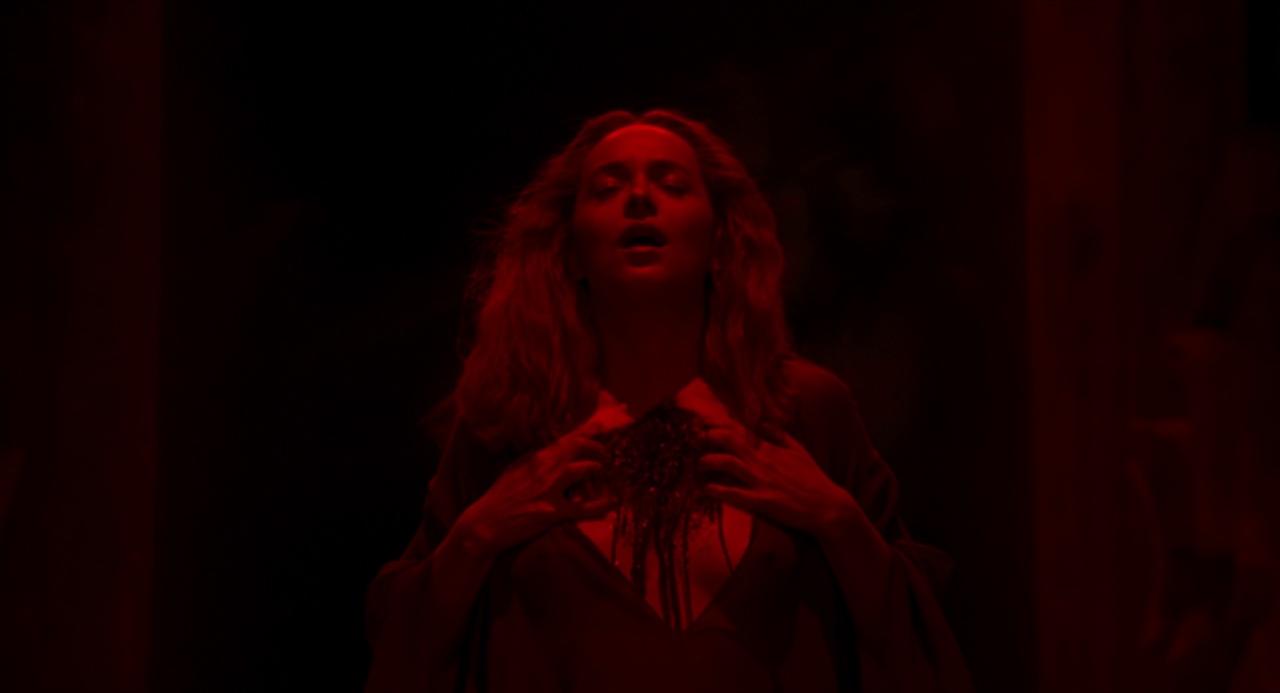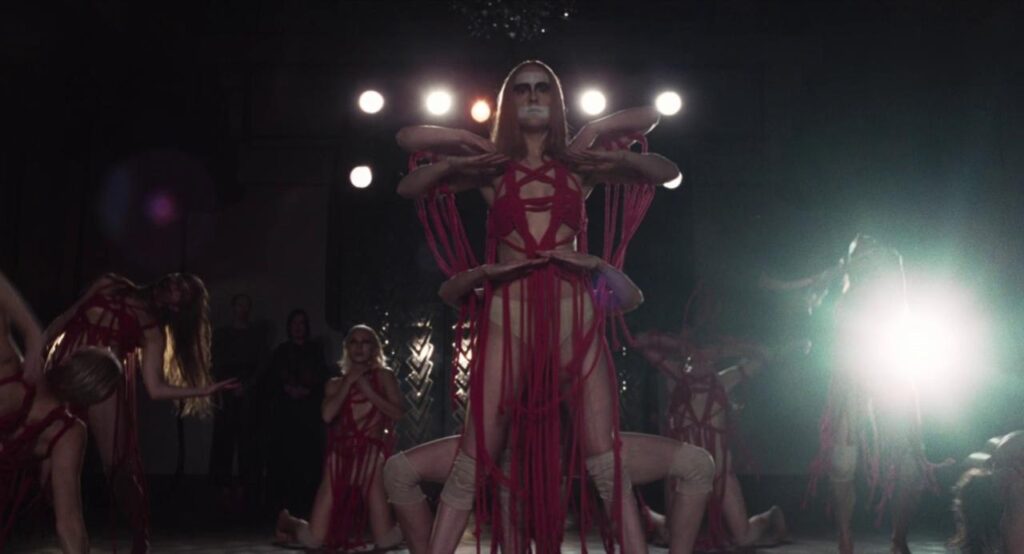
There are films that whisper; Luca Guadagnino’s Suspiria (2018) screams, not with a sudden shriek, but with a primal, guttural wail that echoes through centuries of feminine pain and collective guilt.
This isn’t just a horror film about witches; it’s a sprawling, ambitious psychoanalysis of trauma, power, and the horrifying beauty of self-annihilation, all choreographed to a rhythm of blood and bone. For the discerning horror enthusiast, this is an unflinching gaze into the abyss where history, art, and the darkest aspects of the feminine psyche converge.
Set against the backdrop of a divided Berlin in 1977 – a city still scarred by war and consumed by political unrest (the German Autumn) – the Markos Dance Academy is a crumbling, brutalist edifice that breathes with forgotten secrets. Into this cloistered world steps Susie Bannion (Dakota Johnson), a young American from a devout Mennonite background, seeking to lose herself in dance. But the Academy, presided over by the austere Madame Blanc (Tilda Swinton), is far more than a dance school; it’s a coven of ancient, formidable witches, and a living, breathing receptacle of history’s open wounds.
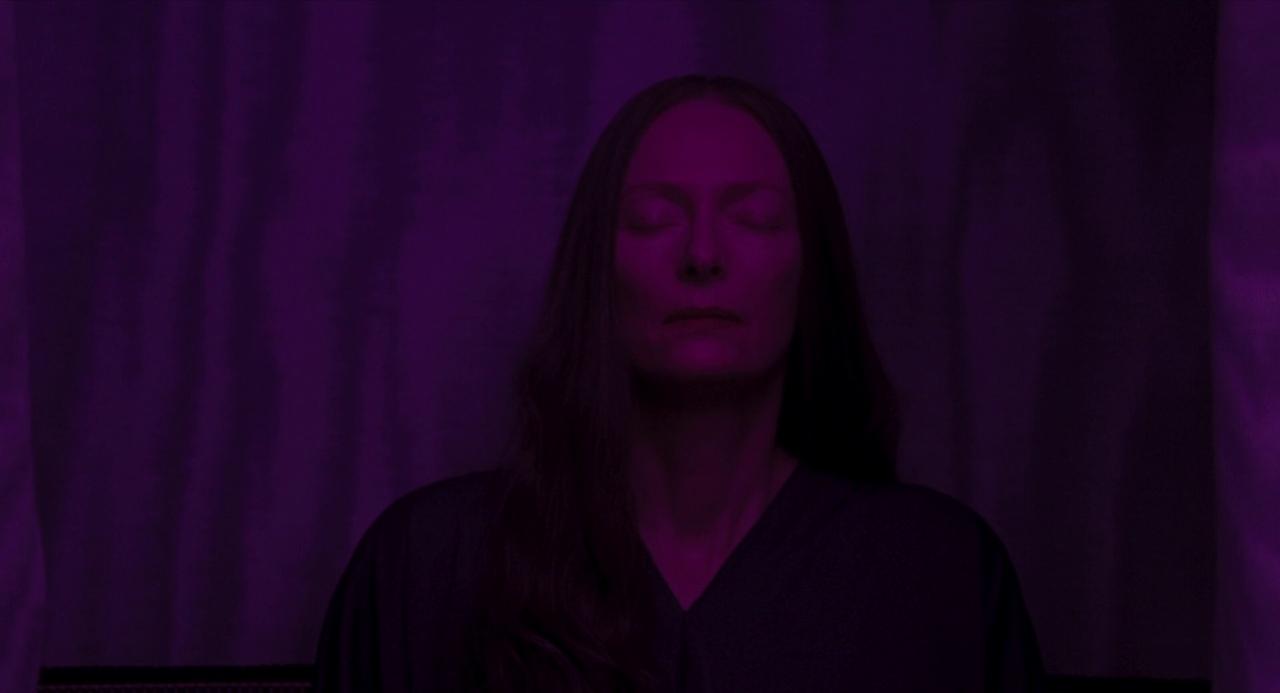
The horror in Suspiria is profoundly psychological, rooted in a collective feminine unconscious. The film constantly interweaves the personal anxieties of its characters with the political anxieties of its setting. Dr. Josef Klemperer (also Tilda Swinton, astonishingly disguised), the elderly psychotherapist investigating the disappearance of a former student, Patricia, becomes our male, rational conduit into this female-dominated nightmare. His own unresolved guilt from the Holocaust mirrors the deeper, unspoken guilt festering within the Academy’s walls. History, the film argues, is not merely past events, but a living, festering wound that demands reckoning.
Dance, in this film, is not just performance; it’s a conduit for psychic energy, a ritualistic language through which power is transferred and horrors are enacted. The infamous “Volk” dance, masterfully choreographed, becomes a terrifying voodoo ritual where Susie’s movements grotesquely contort and mutilate the body of the defiant Olga in a separate, mirrored room. This is visceral, empathetic horror: we feel Olga’s agony as Susie’s power, unknowingly channeled, breaks her bones, tears her flesh, and expels her fluids. It’s a shocking display of the violent potential within collective female energy, simultaneously terrifying and strangely empowering.
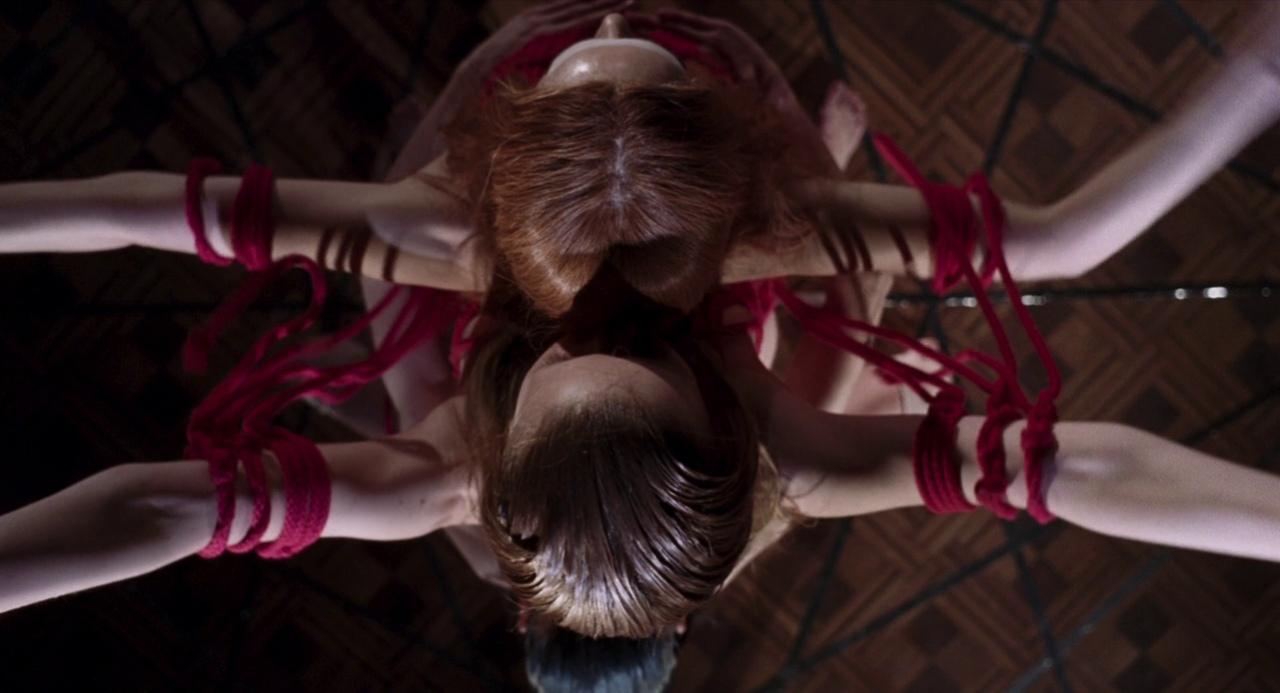
The psychoanalytic core of Suspiria lies in its exploration of the “Three Mothers” – Mater Suspiriorum (Mother of Sighs), Mater Tenebrarum (Mother of Darkness), and Mater Lachrymarum (Mother of Tears). The coven at the Markos Academy serves Mater Suspiriorum, an ancient entity whose power is waning. Susie, the seemingly naive newcomer, is slowly, inevitably drawn into the coven’s deepest secrets, her repressed past and inherent power emerging with terrifying force.
The film’s relentless focus on the female body – its pain, its power, its cycles of creation and decay – is central. The matrons, with their ancient, ritualistic practices, use the dance to drain, to control, to sacrifice. But Susie’s journey is not merely one of becoming a victim; it’s a radical, brutal awakening to her true identity. Her climactic transformation into Mater Suspiriorum herself, reclaiming her rightful place through a blood-drenched ritual, is a moment of both grotesque violence and profound, terrifying liberation. She literally shatters those who usurped her power, exploding their bodies in a ballet of viscera and bone.
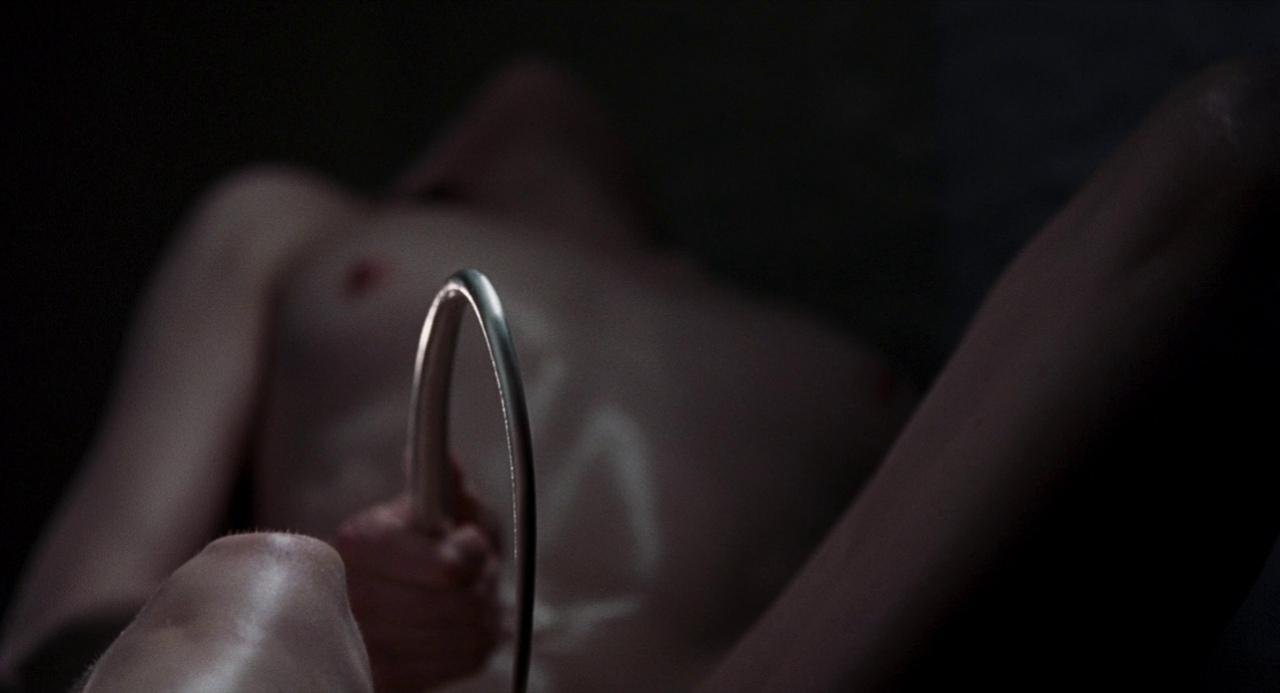
Suspiria challenges conventional notions of good and evil, offering a vision of female power that is both vengeful and purgative. Susie, as the true Mother of Sighs, is an ancient force of justice and reckoning, capable of both immense destruction and a strange, cold mercy (as shown in her interaction with Klemperer at the end). The film suggests that the deepest horrors are not just individual traumas, but the inherited wounds of history, the unaddressed guilt of generations, and the violent, often messy, process of cleansing.
This is a film that demands to be felt, not just understood. It delves into the primal scream of femininity, the monstrous beauty of reclaiming power, and the terrifying knowledge that some wounds can only be healed by being ripped open anew. Suspiria (2018) leaves you not with answers, but with a disquieting sense that the dance of suffering, and the long shadow of the Mothers, will continue to haunt us all.
